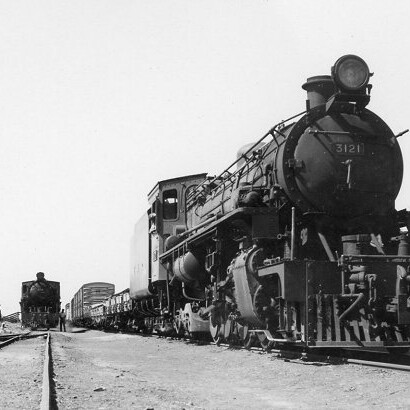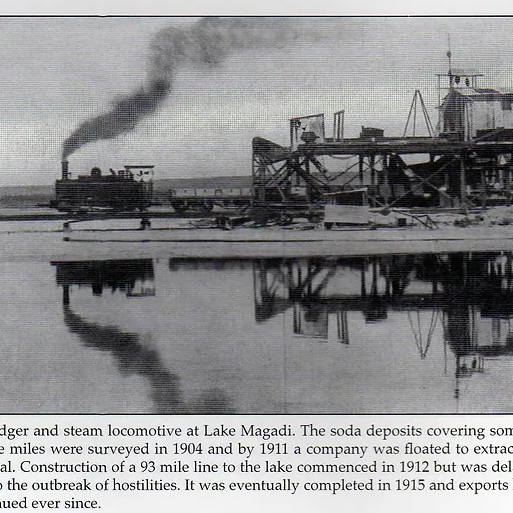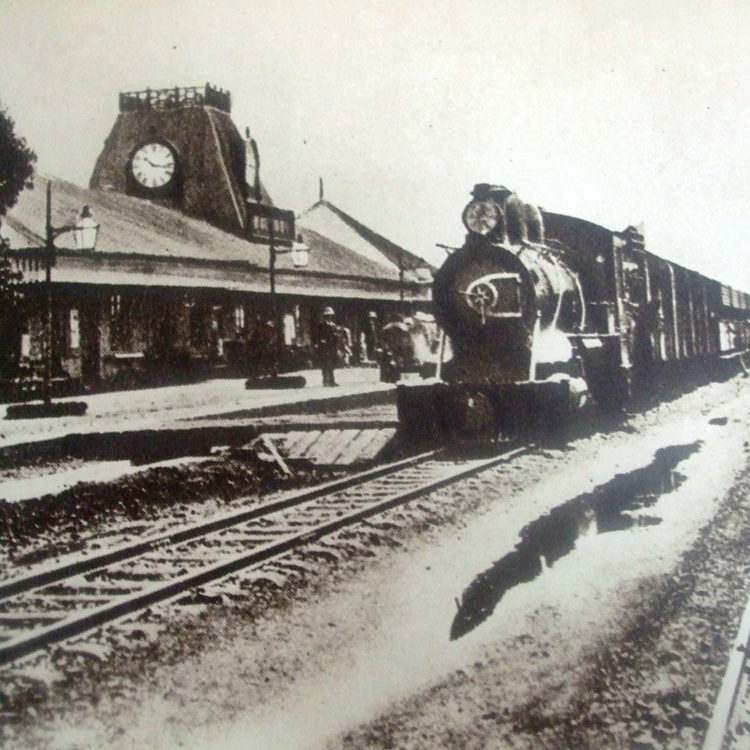In August 1895, the Uganda Railway Act was introduced at Westminster, London, which authorised the construction of a railway from Mombasa to the shores of Lake Victoria. Though named after its destination and the region the British had set their sights to exploit, the entire length of the proposed line would lay in the East Africa Protectorate – present-day Kenya.
The project became the subject of raging debates in the British Parliament, earning the name Lunatic Line due to the anticipated construction expense. Within the protectorate, seers of different communities warned their people about an iron snake that would pass through their lands and wreak havoc. Amid this apprehension, construction of the railway line kicked off in 1896. By its completion in 1901, the line that spanned 600 miles had also claimed the lives of close to 2,500 workers and left many others severely injured. Despite these murky origins, the railway was the embodiment of fortitude, an engineering marvel that radically changed the perception, and by extension, the nature and history of Kenya.
For this story series, we are travelling back to the turn of the 20th century to chronicle the tales of this railway’s construction. From its inception at Mombasa, we will snake through the East Africa Protectorate and tell the stories of perseverance through the salty waters of the coast, bravery in the face of Tsavo’s man-eating lions, relentlessness through the unpredictable terrain, survival through tropical diseases, and resistance from African communities.
Join us on this journey to #TrackingOurRailways.








